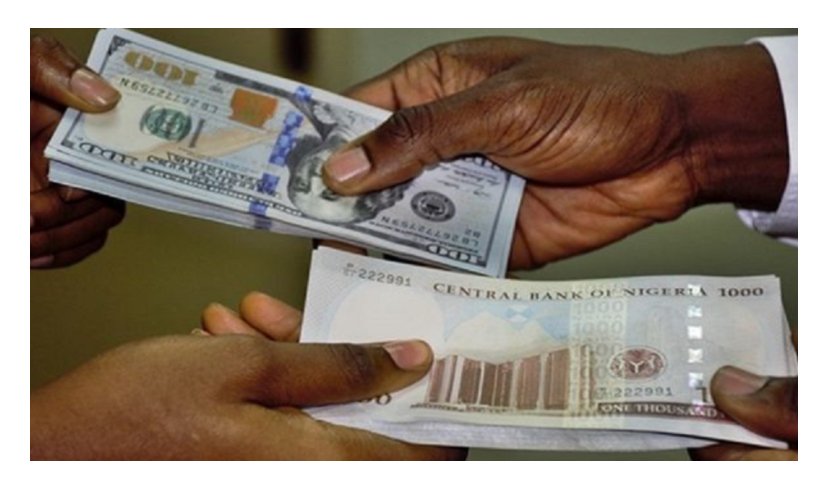Naira’s Widening Gap: Understanding Nigeria’s Dual Exchange Rate System
The Naira is experiencing a significant disparity between Nigeria’s official and parallel foreign exchange markets. As of October 19, the official Nigerian Foreign Exchange Market (NFEM) rate traded in the mid-₦1,400s to the dollar, while parallel or black-market dealers quoted the dollar in the range of ₦1,485 to ₦1,500.
Causes of the Gap
The persistent difference between the official NFEM fixing and the street rate is primarily due to .
Dollar scarcity: Limited availability of dollars for certain transactions
Market segmentation: Official channels have limited supplies, pushing buyers to the parallel market
Supply mismatch:Banks and authorised FX windows source dollars differently from street dealers
Effects on Businesses and Consumers
The wide spread affects importers, small businesses, and travelers in several ways .
Higher landed costs:Importers face increased costs when sourcing dollars quickly on the parallel market
Price pressure: Higher foreign exchange costs may be passed on to consumers, potentially increasing prices of imported goods
Limited access: Official windows can be cheaper, but access and timing are critical considerations
Recipients and Travelers
When seeking foreign exchange, it’s essential to compare official bank rates and cash street quotes. Official windows can offer better rates, but timing and access are crucial. Be aware of the current rates and plan accordingly to minimize losses .




